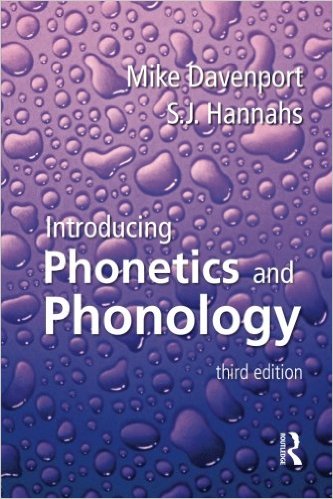PHonetics

1. Phonetics and Phonology
1.1. Phonology
While phonetics is the study of the ways in which speech sounds are produced, phonology is the study of (1) how the speech sounds of a language are used in that language to distinguish meaningful units (such as words) Delahunty and Garvey 108 from each other, and (2) how sounds are patterned in a language. Consequently, the study of phonology requires us to take meaning into consideration, while phonetics does not. In this section we explore phonology and the basic unit of phonological analysis, the phoneme. phonemes You might reasonably have assumed that whenever speakers distinguish between a pair of sounds, they will use that difference to distinguish between words. For example, we know that English speakers distinguish between [s] and [z], and we use this difference to signal the difference between the words sip and zip. We will say that [s] and [z] contrast with each other in English. In fact, all of the sounds we have described so far contrast with each other in English and so are used by English speakers to distinguish words from each other. You can test this out by taking any pair of sounds (as we took [s] and [z]) and creating a pair of words (like sip and zip) which are identical, except that where one has one sound, the other has the other sound, just as where sip has [s], zip has [z]. Pairs of words like this are called minimal pairs, and are used to demonstrate that pairs of sounds are used in a language to distinguish words from each other. Sound units that distinguish words from each other are called phonemes. We enclose phonemes in / / (e.g., /s/, /z/) to distinguish them from sounds ([s], [z])
